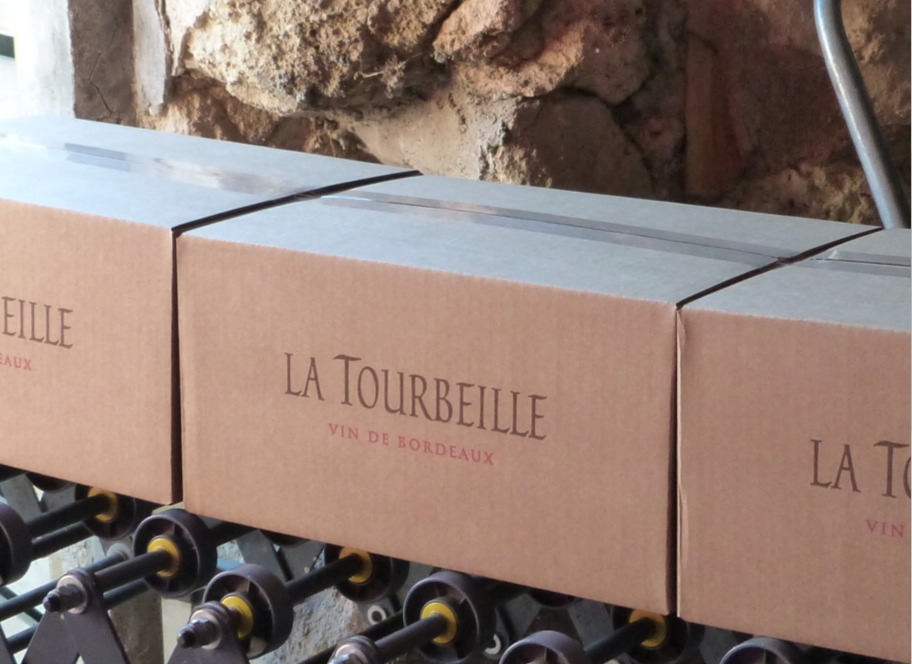 A neighbor asked me for our Pumpkin Soup recipe after I brought a small pot to her son who was home alone with a terrible flu.
A neighbor asked me for our Pumpkin Soup recipe after I brought a small pot to her son who was home alone with a terrible flu.
Our conversation went like this:
me: “First you make your soup stock: Put 2 chicken carcasses in a large pot of water, add several cloves of garlic, a whole head if you like, especially in winter. Garlic is great against colds and flu. Salt, pepper and several bay leaves. John adds a couple of onions and a few carrots, but if you’re in a hurry, don’t worry about that. Bring to a boil, then lower to simmer for 3 hours. Remove all the solids (bones etc) as soon as possible. Cool, and then skim off the fat.”
her: “Wait a sec. Where am I going to get these chicken carcasses?”
me: “In your freezer, of course.”
her: “What are they doing in my freezer?”
me: “The ones you put there each time you have a roast chicken.”
her: “Oh.”
And that’s when I learned many people don’t freeze their carcasses after a roast chicken dinner and such a terrible waste just broke my heart. There is nothing like soup made from your own stock. If the soup itself doesn’t cure whatever ails, the cheerful, greeting aroma as you enter with frozen fingers and toes on a cold, gray November day, comforts like nothing else. On the other hand, our children sometimes cried about the lack of ice cream in our freezer since it was always packed tight with chicken carcasses. But they quickly came around after a hot, heaping bowl of pumpkin or potimarron soup.
Which brings me to today’s important subject. Pumpkins and their relatives. Right now a charming little potimarron is sitting in the oven, skin softening, so we can have soup for lunch. (We made the stock last night, put it outside to cool, and hoped a rude sanglier wouldn’t come along and help himself.)
Our love affair with pumpkins really started with John’s compost pile. Several years ago he became passionate about Sir Albert Howard, an Englishman who researched the relationship between Soil and Health (and wrote several books, one by that name) in India in the 1920’s. Now John is a dedicated soil lover and master composter. He bought a small mulcher to grind up branches, and each spring the kitchen compost is topped up with a truck load of cow manure from our famer. As a result, we don’t use pesticides or fertilizers in our vegetable garden because the plants have developed their own healthy defenses. And the squashes grow happily, spreading their tendrils everywhere, even right over the compost pile itself.
 On Halloween we harvested 10 Pumpkins (Musquée de Provence – Cucurbita moschata family) and 19 Potimarrons. We love the potimarrons for their slightly chestnut flavor and their adorable elfin hat shape. It has taken us several years of experimentation to discover our favorite squashes, and now that we have our treasures, we’ll be saving seeds to sow for next year. I have to admit, we are still hunting the local markets to find the delicious pumpkins we enjoyed in 1999, the ones camouflaged with mottled silver skins, their insides painted the brightest orange we’ve ever seen.
On Halloween we harvested 10 Pumpkins (Musquée de Provence – Cucurbita moschata family) and 19 Potimarrons. We love the potimarrons for their slightly chestnut flavor and their adorable elfin hat shape. It has taken us several years of experimentation to discover our favorite squashes, and now that we have our treasures, we’ll be saving seeds to sow for next year. I have to admit, we are still hunting the local markets to find the delicious pumpkins we enjoyed in 1999, the ones camouflaged with mottled silver skins, their insides painted the brightest orange we’ve ever seen.
Recipe for Pumpkin or Potimarron soup:
It’s easier to skin the squash if you put it in the oven at 150 Centigrade (300 F) for about ½ hour. (Or microwave, check your model directions.)
After skinning, remove seeds and center strings. Cut the flesh into pieces.
Put the pieces in your pot of chicken stock.
Bring to a boil, then lower to simmer until the pieces of squash are tender (approximately ½ hour.)
Puree with an old fashioned vegetable mill for the nicest texture. (A food processor will also do the trick but John thinks this is sacrilege. )
Serve hot with a fat dollop of crème fraîche or sour cream, and a sprinkle of nutmeg.




